List of international rugby union teams
The following is a list of international rugby union teams:
Multinational teams
Combination sides
- The British and Irish Lions, perhaps the most famous multi-national rugby team.
- Established in 1950, East Africa has conducted seven tours between 1954 and 1982 and has played against incoming international, representative and club touring sides including twice against the British Lions; perhaps the only example of representative (as opposed to invitational) multinational teams playing against each other. They have also played against the Barbarians.
-
 Kenya
Kenya -
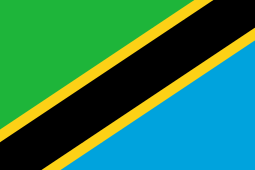 Tanzania (formerly Tanganyika)
Tanzania (formerly Tanganyika) -
 Uganda
Uganda
-
- A similar development in 2004 has been of a Pacific Islanders XV.
- The South American Jaguars were a combination team who played South Africa during the early 1980s.
- The African Leopards are a development side drawn from across Africa, they have played representational rugby union against South African students.
- The Arabian Gulf rugby union team combined various teams from Arab countries in the Persian Gulf and competed in World Cup qualification. The Arabian Gulf Rugby Union has now been dismantled and responsibility for the game devolved to each of the member nations, although the team may be revived in the future.
- There is also a West Indies side, which first toured when the Caribbean Rugby Union sent a team (managed by Gavin Clark) to tour England in 1976. Their last tour was also to England in October and November 2000.
- The Commonwealth of Independent States also played during the early 1990s.
-
 Armenia
Armenia -
 Azerbaijan
Azerbaijan -
 Belarus
Belarus -
 Kazakhstan
Kazakhstan -
 Kyrgyzstan
Kyrgyzstan -
 Moldova
Moldova -
 Russia
Russia -
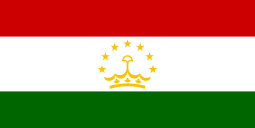 Tajikistan
Tajikistan -
 Turkmenistan
Turkmenistan -
 Uzbekistan
Uzbekistan -
 Ukraine
Ukraine
- World XV sides have also been fielded nine times between 1977 and 2014.
Invitation sides
- The Barbarian Football Club is probably the most famous invitation side. It has spawned New Zealand Barbarians, South African Barbarians, and French Barbarians.
- Scorpions RFC are an East African equivalent (founded in 1959) existing and playing under a similar ethos to the Barbarians.
Other invitational sides past and present include:
- President's Overseas XV, selected for the hundredth anniversary of the RFU
- Overseas Unions rugby union team
- Rest of the World XV
- Four Home Unions XV
- Rest of Europe XV
- In the aftermath of the 2004 tsunami a Northern hemisphere side took on a Southern hemisphere side in the IRB Rugby Aid Match:
National teams – tier classification
The sport's international governing body, World Rugby (formerly the International Rugby Board), organises its member unions into three tiers.[1] All Tier 1 and 2 nations have competed in the Rugby World Cup (RWC).
Tier 1
| Nation | Rank Range (Best–Worst) | Competition |
|---|---|---|
| | 1–3 | Rugby Championship |
| 1–6 | Rugby Championship | |
| | 1–8 | Six Nations |
| | 2–6 | Rugby Championship |
| | 2–9 | Six Nations |
| | 2–9 | Six Nations |
| | 2–10 | Six Nations |
| | 3–12 | Rugby Championship |
| | 6–12 | Six Nations |
| | 8–15 | Six Nations |
Tier 2
| Pacific countries | European countries | Atlantic countries | African countries |
|---|---|---|---|
- Pacific countries participate in the IRB Pacific Nations Cup. European countries participate in the European Nations Cup.
Development (Tier 3)
Development One :
Development Two:
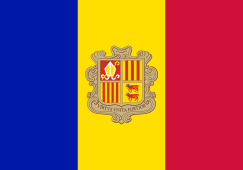 Andorra
Andorra Armenia
Armenia Austria
Austria Azerbaijan
Azerbaijan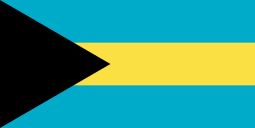 Bahamas
Bahamas Bahrain
Bahrain Barbados
Barbados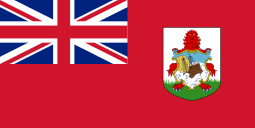 Bermuda
Bermuda Bosnia and Herzegovina
Bosnia and Herzegovina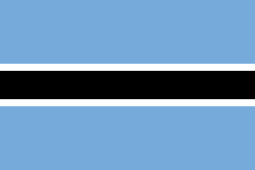 Botswana
Botswana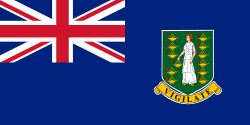 British Virgin Islands
British Virgin Islands Bulgaria
Bulgaria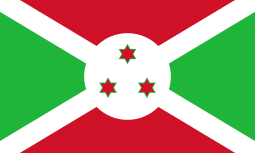 Burundi
Burundi Cambodia
Cambodia Cameroon
Cameroon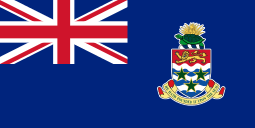 Cayman Islands
Cayman Islands China
China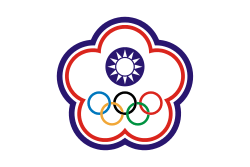 Chinese Taipei
Chinese Taipei Colombia
Colombia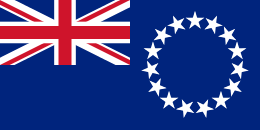 Cook Islands
Cook Islands Costa Rica
Costa Rica Croatia
Croatia Czech Republic
Czech Republic Denmark
Denmark Ecuador
Ecuador Egypt
Egypt Finland
Finland Greece
Greece Ghana
Ghana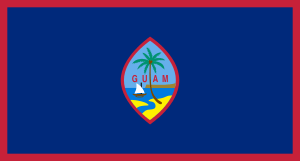 Guam
Guam Guatemala
Guatemala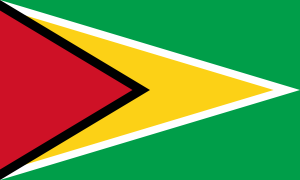 Guyana
Guyana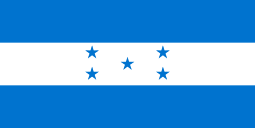 Honduras
Honduras Hungary
Hungary India
India Indonesia
Indonesia Israel
Israel Jamaica
Jamaica Egypt
Egypt Kazakhstan
Kazakhstan Kyrgyzstan
Kyrgyzstan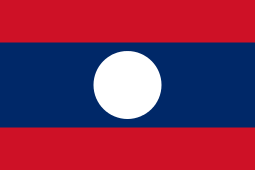 Laos
Laos Latvia
Latvia Lebanon
Lebanon Lithuania
Lithuania Luxembourg
Luxembourg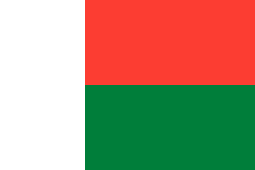 Madagascar
Madagascar Malaysia
Malaysia Mali
Mali Malta
Malta Montenegro
Montenegro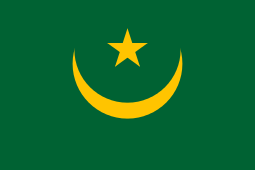 Mauritania
Mauritania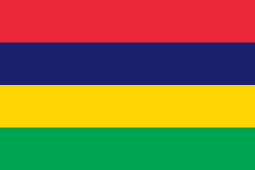 Mauritius
Mauritius Mexico
Mexico Moldova
Moldova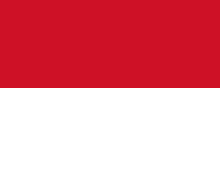 Monaco
Monaco Mongolia
Mongolia Morocco
Morocco Netherlands
Netherlands Nigeria
Nigeria Niue
Niue Norway
Norway Pakistan
Pakistan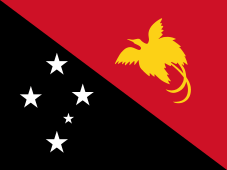 Papua New Guinea
Papua New Guinea Paraguay
Paraguay Peru
Peru Philippines
Philippines Poland
Poland Qatar
Qatar Rwanda
Rwanda Senegal
Senegal Serbia
Serbia Singapore
Singapore Slovenia
Slovenia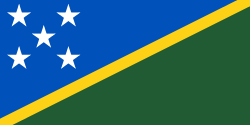 Solomon Islands
Solomon Islands Sri Lanka
Sri Lanka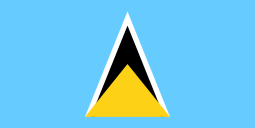 Saint Lucia
Saint Lucia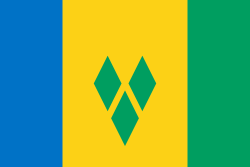 Saint Vincent and the Grenadines
Saint Vincent and the Grenadines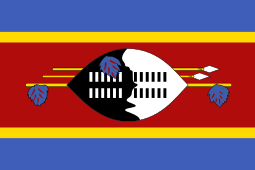 Swaziland
Swaziland Sweden
Sweden Switzerland
Switzerland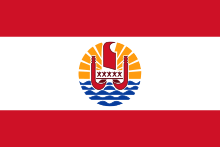 Tahiti
Tahiti Tanzania
Tanzania Thailand
Thailand Togo
Togo Tunisia
Tunisia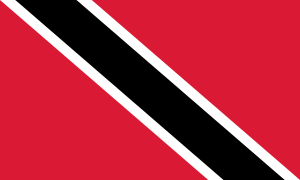 Trinidad and Tobago
Trinidad and Tobago Uganda
Uganda Ukraine
Ukraine United Arab Emirates
United Arab Emirates Uzbekistan
Uzbekistan Vanuatu
Vanuatu Venezuela
Venezuela Zambia
Zambia
National teams – band classification
Starting in 2008, in addition to the existing tier system, the IRB introduced a four-band system of classification in which unions and, by extension, teams are classified based on "their development status and record on the international stage". The new structure is:[2]
High performance
All countries previously in Tiers 1 and 2.
Development One
These are countries earmarked for increased developmental funding and include
Targeted
Again, the IRB did not release a list of unions in this category, but named several as being in this band:
Developmental
This is the location for all remaining unions.
Other teams
Defunct national sides
Various national sides have ceased to exist for political reasons. In the case of the Soviet Union, Czechoslovakia and Yugoslavia, there is more than one successor team. In the case of Catalonia, the Spanish Civil War and Franco's crackdown put an end to it, and in the case of East and West Germany, reunification led to their amalgamation into a single German side.
- Arabian Gulf* – dissolved by the end of 2010 and replaced by separate unions and national teams
-
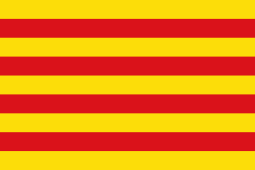 Catalonia
Catalonia -
 CIS*
CIS* -
 Czechoslovakia
Czechoslovakia -
 East Africa* – a combination of Kenya, Tanzania/Tanganyika and Uganda. It has not played since 1982 but the Rugby Football Union of East Africa (RFUEA) still exists and there have been recent talks to resurrect the team
East Africa* – a combination of Kenya, Tanzania/Tanganyika and Uganda. It has not played since 1982 but the Rugby Football Union of East Africa (RFUEA) still exists and there have been recent talks to resurrect the team -
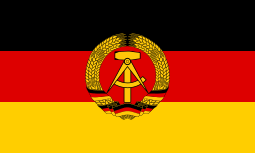 East Germany
East Germany -
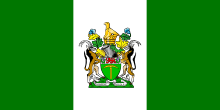 Rhodesia - superseded by the Zimbabwe rugby team since 1980, the year of the country's sovereignty.
Rhodesia - superseded by the Zimbabwe rugby team since 1980, the year of the country's sovereignty. -
 Soviet Union
Soviet Union -
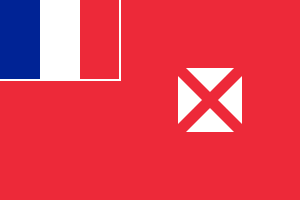 Wallis and Futuna – has not played since 1971 and so moribund
Wallis and Futuna – has not played since 1971 and so moribund -
 West Germany
West Germany -
 Yugoslavia
Yugoslavia
* For more information on these teams see above.
Women's rugby
-
 Australia
Australia -
 Austria
Austria -
 Barbados
Barbados -
.svg.png) Belgium
Belgium -
 Bosnia and Herzegovina
Bosnia and Herzegovina -
 Brazil
Brazil -
 Canada
Canada -
 Cayman Islands
Cayman Islands -
 China
China -
 Colombia
Colombia -
 Czech Republic
Czech Republic -
 Denmark
Denmark -
 England
England -
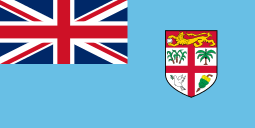 Fiji
Fiji -
 Finland
Finland -
 France
France -
 Germany
Germany -
 Guyana
Guyana -
 Hong Kong
Hong Kong -
 Ireland
Ireland -
 Italy
Italy -
 Jamaica
Jamaica -
 Japan
Japan -
 Kenya
Kenya -
 Kazakhstan
Kazakhstan -
 Kyrgyzstan
Kyrgyzstan -
 Luxembourg
Luxembourg -
 Netherlands
Netherlands -
 New Zealand
New Zealand -
 Norway
Norway -
 Philippines
Philippines -
 Portugal
Portugal -
 Romania
Romania -
 Russia
Russia -
 Rwanda
Rwanda -
 Saint Vincent and the Grenadines
Saint Vincent and the Grenadines -
 Samoa
Samoa -
 Scotland
Scotland -
 Serbia
Serbia -
 Singapore
Singapore -
 South Africa
South Africa -
 Spain
Spain -
 Sweden
Sweden -
 Thailand
Thailand -
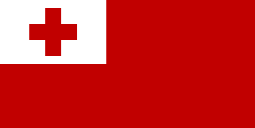 Tonga
Tonga -
 Trinidad and Tobago
Trinidad and Tobago -
 Turkey
Turkey -
 Uganda
Uganda -
 United States
United States -
 Uzbekistan
Uzbekistan -
 Wales
Wales -
 Zambia
Zambia -
 Zimbabwe
Zimbabwe
Defunct women's national sides
Invitation sides
Notes and references
- ↑ "IRB Strategic Plan" (PDF). International Rugby Board. 2014. Archived from the original (PDF 0.3 MB) on 13 November 2013. Retrieved 9 June 2013.
- ↑ "IRB announces increased funding for the game" (Press release). International Rugby Board. 25 January 2008. Archived from the original on 11 November 2013. Retrieved 30 January 2008.